The term “dropped domains” is used a lot in domain investing circles. But what does it mean and how can you use them in your domain strategy? Read on to find out!
What is a Dropped Domain?
A dropped domain is a domain that has expired, been returned to the registry, and then released back to the public for registration. Dropped domains are typically purchased by new owners through the backorder process.
Dropped domain and expired domain are not interchangeable terms, though they are similar. When a domain registration expires, the owner doesn’t lose it right away. “Expired domain” could refer to a domain at any stage in this timeline. “Dropped domain” only refers to a domain at the end of the process.
|
Days After Expiration |
Domain Name Status |
|
1 - 29 |
The day a domain expires, it enters the Expired Renewal Grace Period. During this time, the owner can still renew the domain. The length of the grace period varies depending on the domain registrar but at Sav it lasts 30 days. |
|
30 - 43 |
The next step when Expired Renewal Grace Period ends is a 10-day expired auction. |
|
44 - 74 |
If the domain doesn’t sell at auction, it will be deleted, returned to its registry, and will automatically enter the Redemption Period. During this time, the previous owner can redeem the domain for a fee. |
|
74 - 79 |
If the previous owner doesn’t redeem the domain within the Redemption Period, it will be labeled Pending Delete on Day 74. |
|
79 + |
On day 79 or later depending on the TLD, the following may occur:
|
Why Buy a Dropped Domain Name?
Backordering domains is often associated with people who have a dream domain for their website that has been taken by someone else. That’s not the only reason someone might opt for a dropped domain name over a new domain registration. Whether you’re a site builder, a domain investor, or both you can benefit from buying dropped domain names in ways like these.
Build authority sites
Establishing yourself as an authority online as a new website is hard. Using a domain that has popular, relevant keywords in it and a history of bringing traffic can give you a search engine optimization boost right off the bat that you wouldn’t get by registering a new domain.

Cash parking
Dropped domains are perfect for making passive income through cash parking. Cash parking is placing advertisements on parked domain names to earn passive income from the ad revenue.
Domain parking services choose advertisements based on words in the domain name or traffic that it’s drawn in the past. The more traffic it’s had in the past and the better the SEO profile, the higher your earning potential. This is an example from Sedo's website:
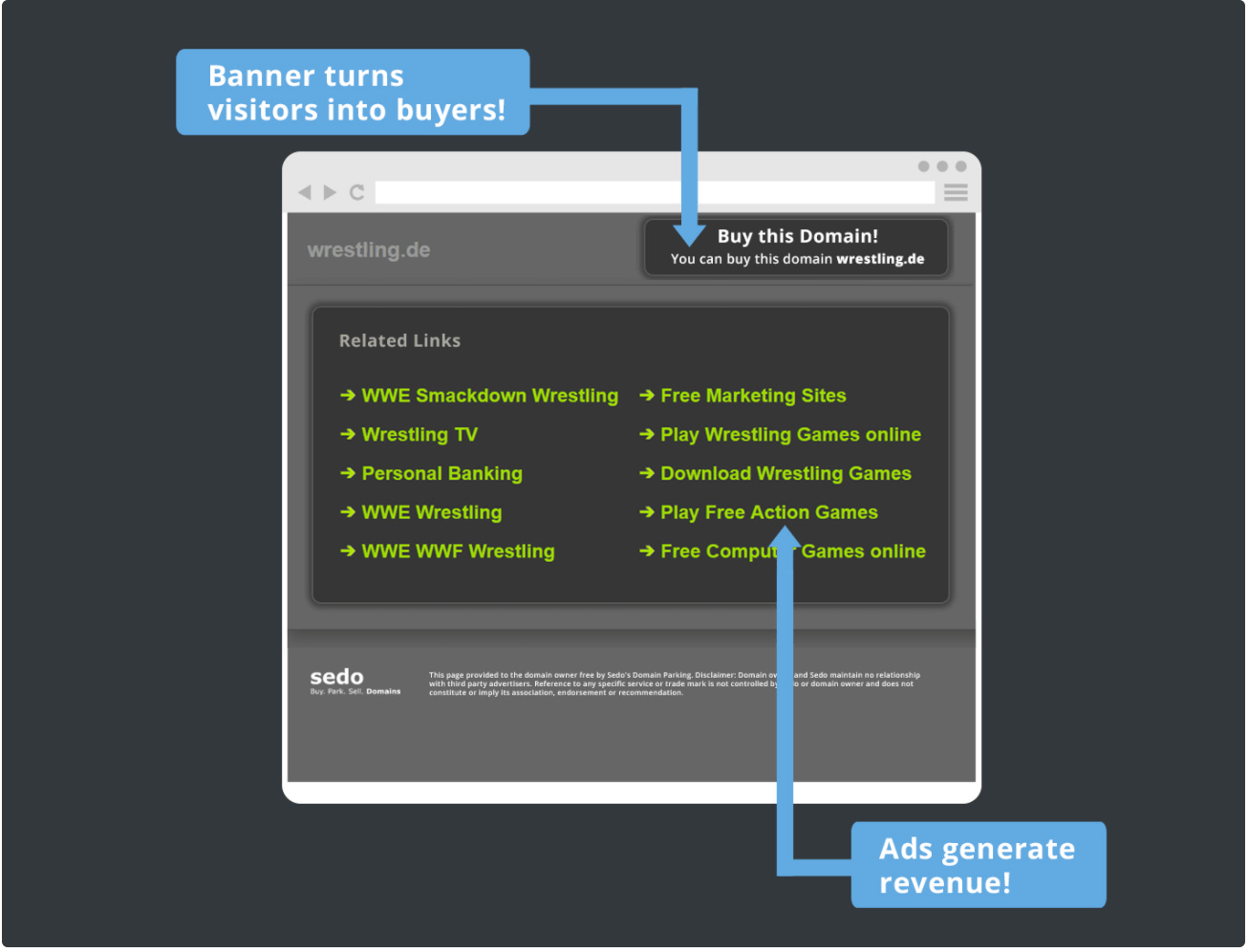
Redirect to an affiliate site
This SEO boost from dropped domains is also helpful for affiliate marketers. Redirecting a dropped domain with a traffic history to a relevant affiliate site can boost your earnings like you’ve never seen before.

Sell for a profit
Dropped domains are usually less expensive than domains purchased from other methods. This makes them great material for domain flipping.
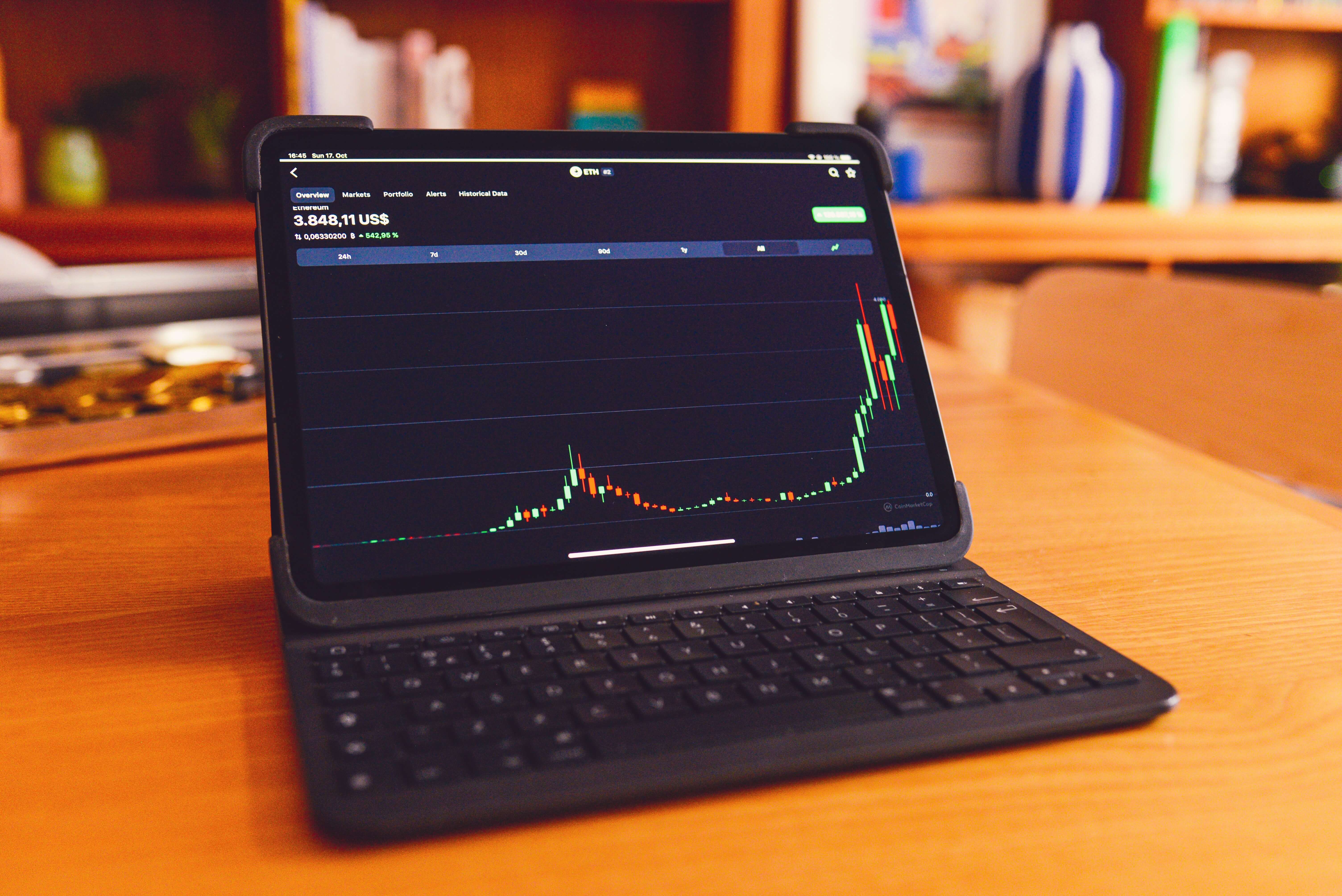
How Do You Know the Value of a Dropped Domain?
Domain name valuation may seem arbitrary to some, but there are factors that contribute to their value, including:
Age
Older domains are often more valuable than newer domains. This isn’t a hard and fast rule, but if a domain has been around for a long time and is still in use, that’s often for a reason.
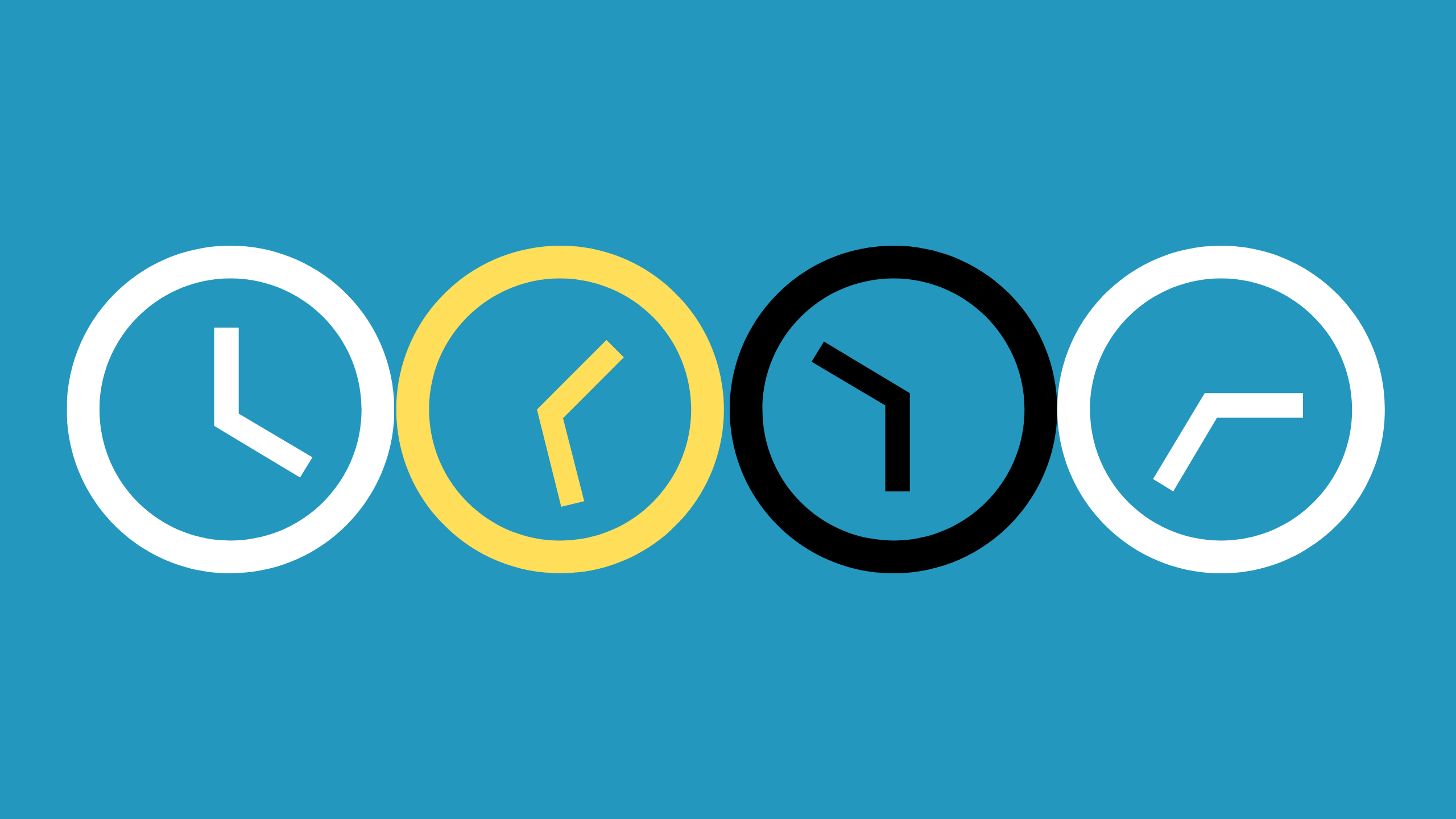
Length
The shorter the domain, the higher the value. Three letter domains are especially sought after. Domains with just letters are also much more valuable than ones with numbers and punctuation. Both of these traits make domains easier to remember.
.jpg?width=3999&name=markus-winkler-htShI76GLDM-unsplash%20(1).jpg)
Registration with Multiple Top Level Domains
The same SLD registered with multiple TLDs is a sign that it’s an in-demand domain. Lots of people buy matching sets like this, either for investment portfolios or to redirect to their main site and get more traffic. This is good news if you plan on selling the domain later on.

Keywords and Search Traffic Volume
Domains that match popular search terms are valuable because they get a lot of traffic. This is helpful whether you plan to build a website on it, sell it, or use it for cash parking.

Metrics to Watch When Buying Dropped Domain Names
When you look into a domain’s history, what exactly are you looking for? These are the metrics that tell you if you’ve found a high quality domain.
Use as spam
First, check if the domain has ever been used for spam. You can check this on The Wayback Machine, Ahrefs, or Majestic SEO. Here are a few signs of previous spammy use:
- Signs of hacking
- Keyword stuffing
- Unsafe content
- Duplicate content
![]()
Trust flow
Backlinks from reputable sources are an important search engine ranking ingredient. Any SEO research tool can tell you how many backlinks a domain has and how reputable the sources are. Trust flow measures the quality of backlinks. The higher the trust flow score, the better. You can check this metric on Majestic SEO.
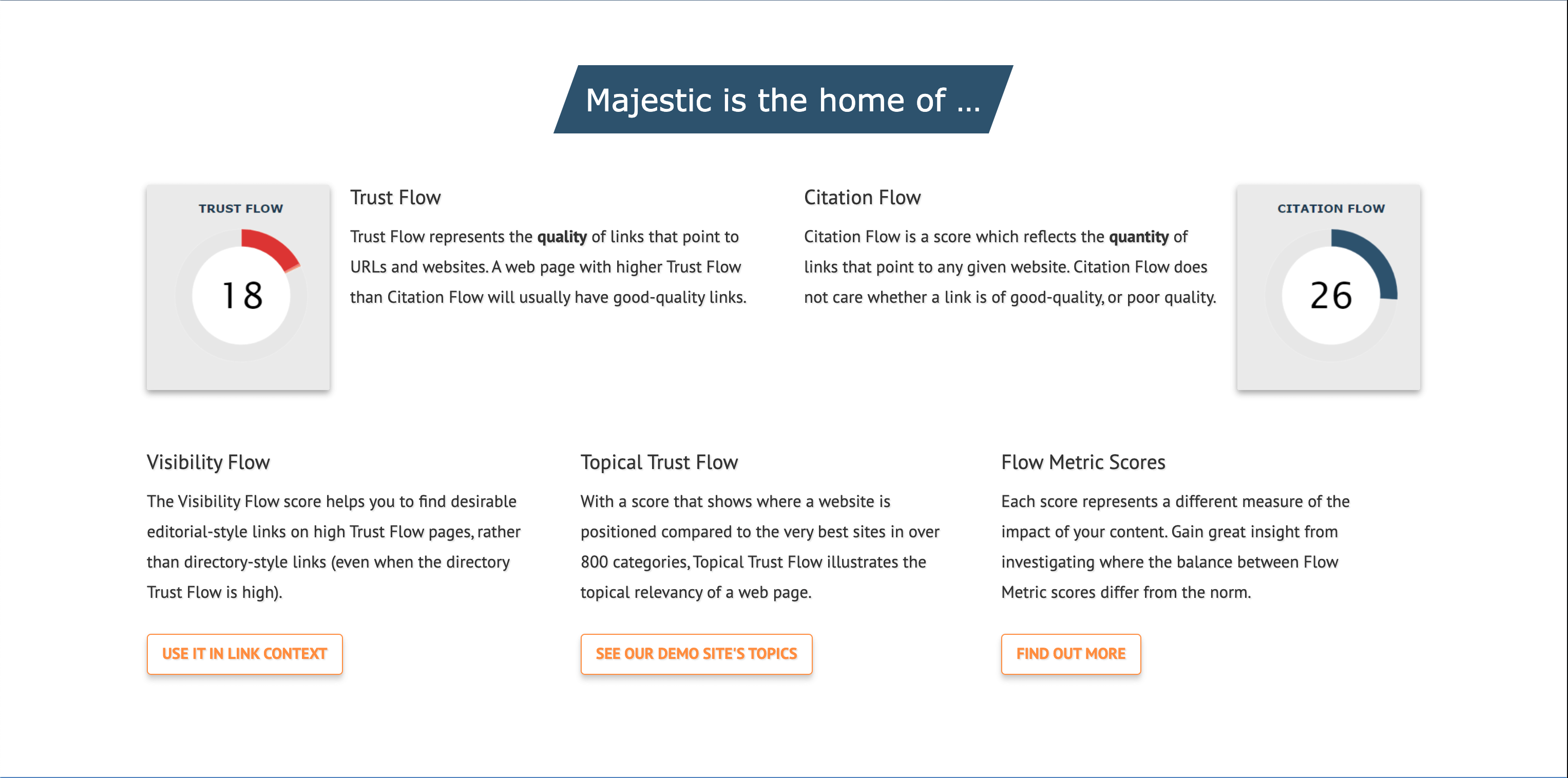
Google index status
Do a Google search on the domain to see if it’s indexed by them. If something comes up, it’s probably indexed. That’s a good sign for future traffic.
.png?width=804&name=Goooogle%20(1).png)
Trademarks
Checking if there are any trademarks on a dropped domain before you backorder it will save you legal trouble later on if it turns out that the domain has a trademark on it. Search the US Trademark Database to find out.
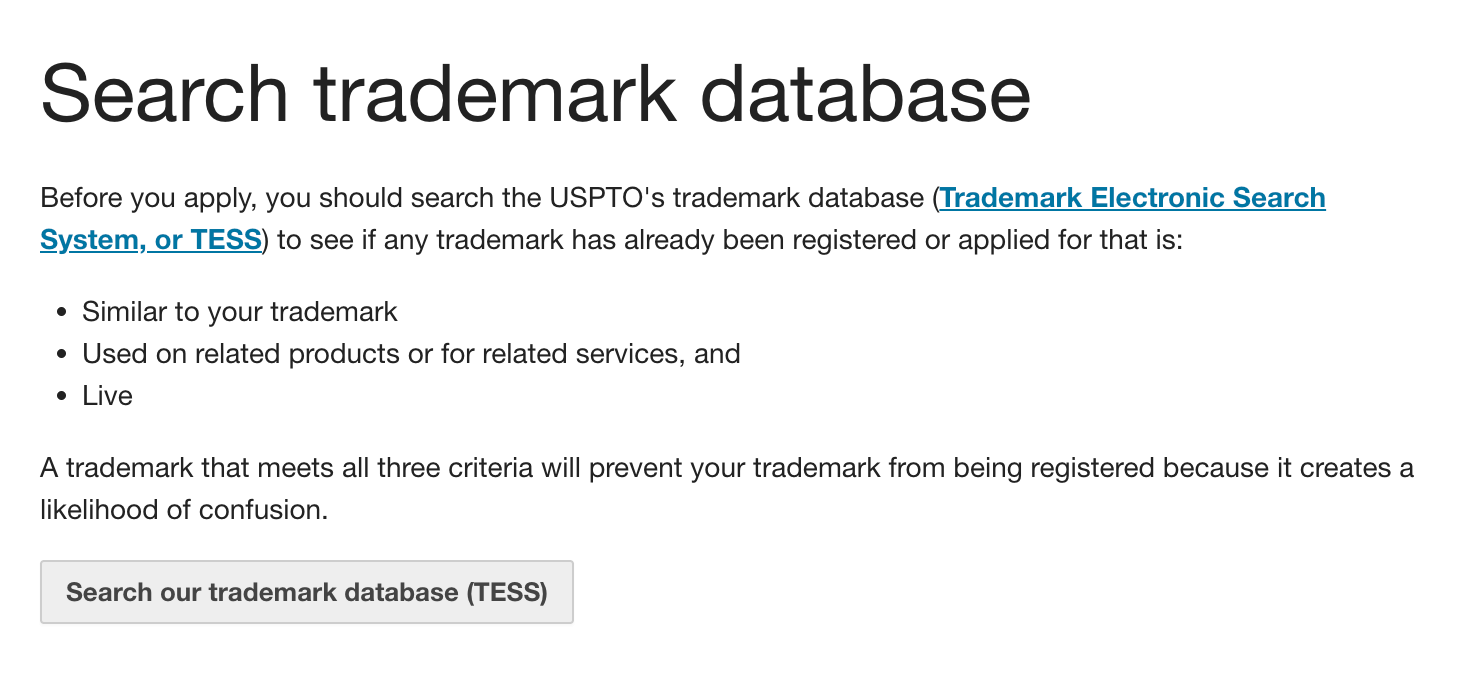
Domain and page authority
A higher domain authority and page authority will help you rank better in search engines. You can check these on many SEO research tools including Moz and Ahrefs.

How Do You Find Dropped Domain Names?
Finding dropped domains to purchase takes a little more work than using your registrar’s domain search bar. Whether you have a specific domain in mind or are just browsing, these techniques will help you find and buy expired domain names.
Do a WHOIS Lookup
Performing a WHOIS lookup is the quickest and easiest way to find out if a specific domain is expired or will expire soon. The first thing to look for is the Registry Expiration Date. Add 79 days to that date to find an approximate drop date.
Next, look at the Domain Status. The one you want to see if you’re hoping to snag the domain is pendingDelete. That means that the domain can no longer be redeemed by the previous owner and it should be released within 5 days, give or take.
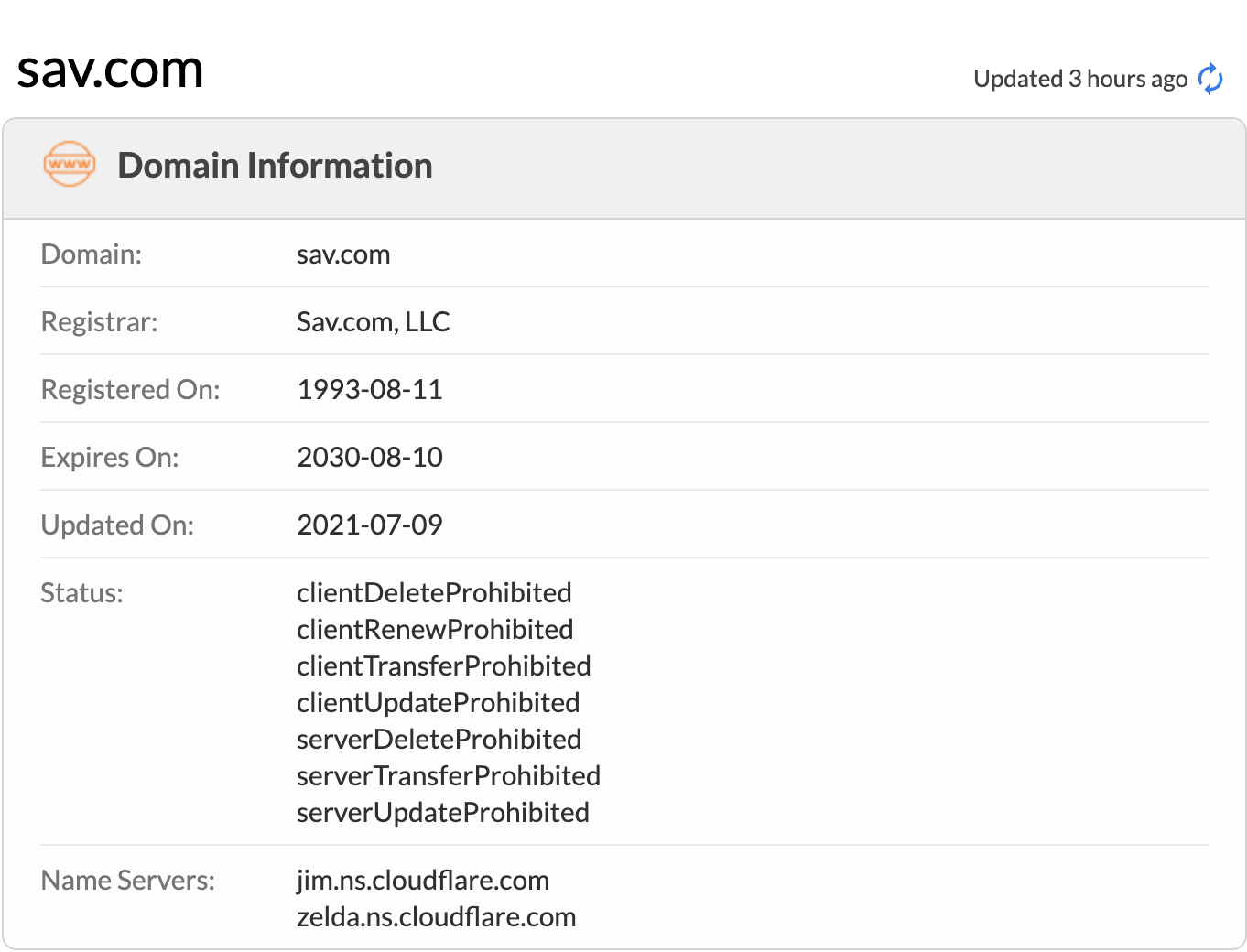
Browse Pending Delete Lists
Most registrars that offer domain backordering services have a list of all of the domains they will attempt to catch when they’re released from their registries. This is called a Pending Delete Domains list or a Drop List. These lists are updated daily from official registry lists.
It helps to have some idea of what you’re looking for when you browse a Pending Delete list since thousands of domain names expire every day. That could be specific TLDs, length, specific keywords, or anything else you can see in the domain name itself. If you want to really narrow down your search. ExpiredDomains.net is a great place to go. They collect domain auction lists and offer a wide variety of search filters.

Browse Domain Auctions
When a registrar catches a backorder, one of three things could happen next:
- You get charged the backorder price and the domain is added to your account.
- A private auction starts between you and the other people who placed a backorder on the domain.
- A public auction starts, which is open to anyone, even if they didn’t place a backorder on the domain.
If you’re the only person who backordered this domain, you will receive the domain. If multiple people did, an auction will start. You can view public dropped domain auctions by navigating to the Auctions tab and selecting "Dropped" from the dropdown menu labeled Type.
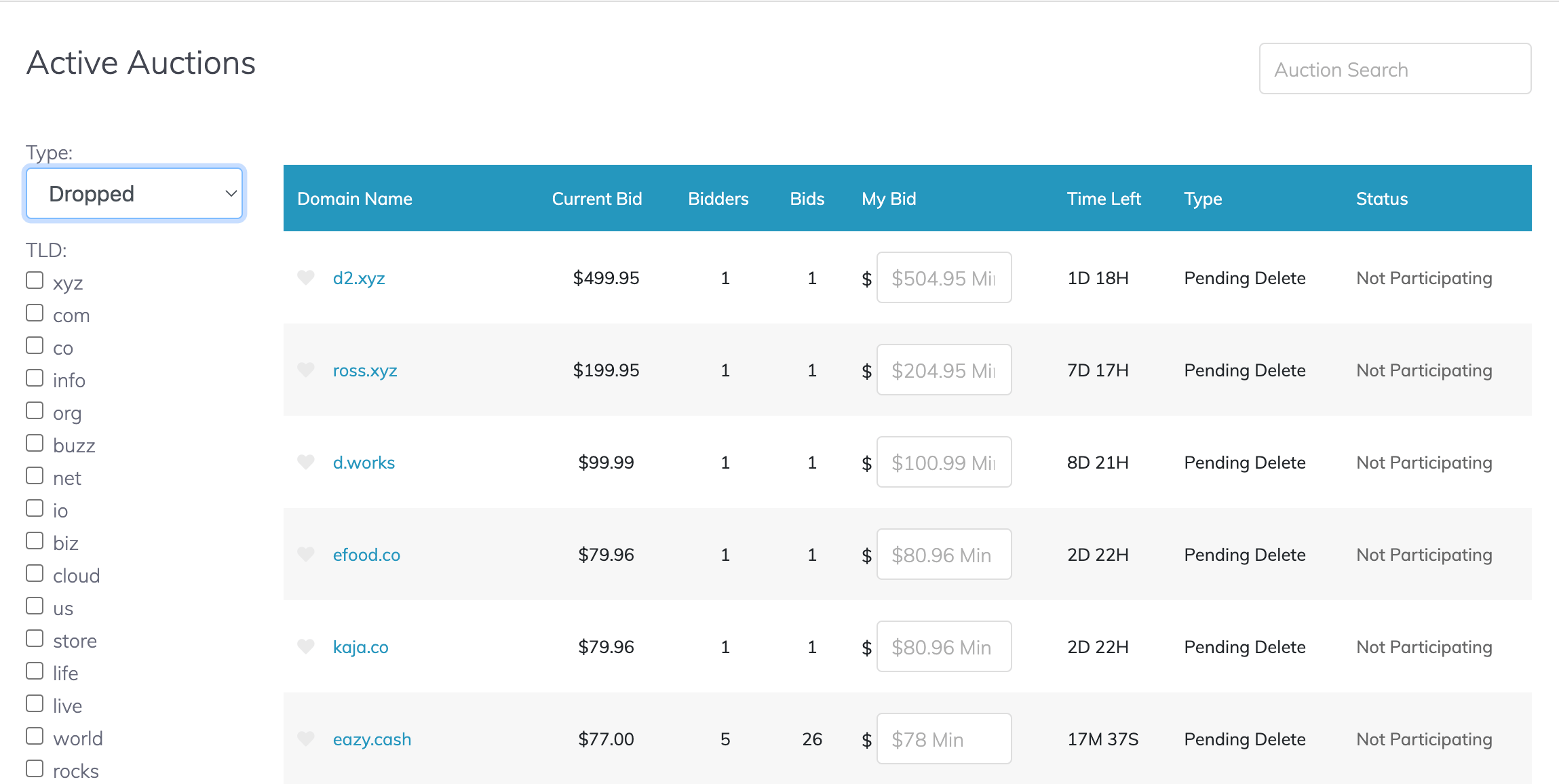
How to Backorder a Domain
Once you’ve found the dropped domains you have your eye on, it’s time to backorder them. A backorder is the process of attempting to register a dropped domain name as your own. Backorder and drop catch are used interchangeably.
Backordering a domain has two parts: placing the request and catching it. The first part is done by you, the second part is done by the backorder service provider.
Placing a Backorder
Follow these step by step instructions to place a backorder with Sav. The process is similar on other registrars and backorder services as well, but some details may vary.
- Login to your Sav account.
- Navigate to the My Backorders page.
- In the field below Add Backorders, enter one domain per line.
- You will see this domain appear in your Active Backorder Requests list.
- Add as many backorders as you want!
- You will receive an email confirming the domains to backorder and what the current registration prices for captured domains are. These prices are subject to change.
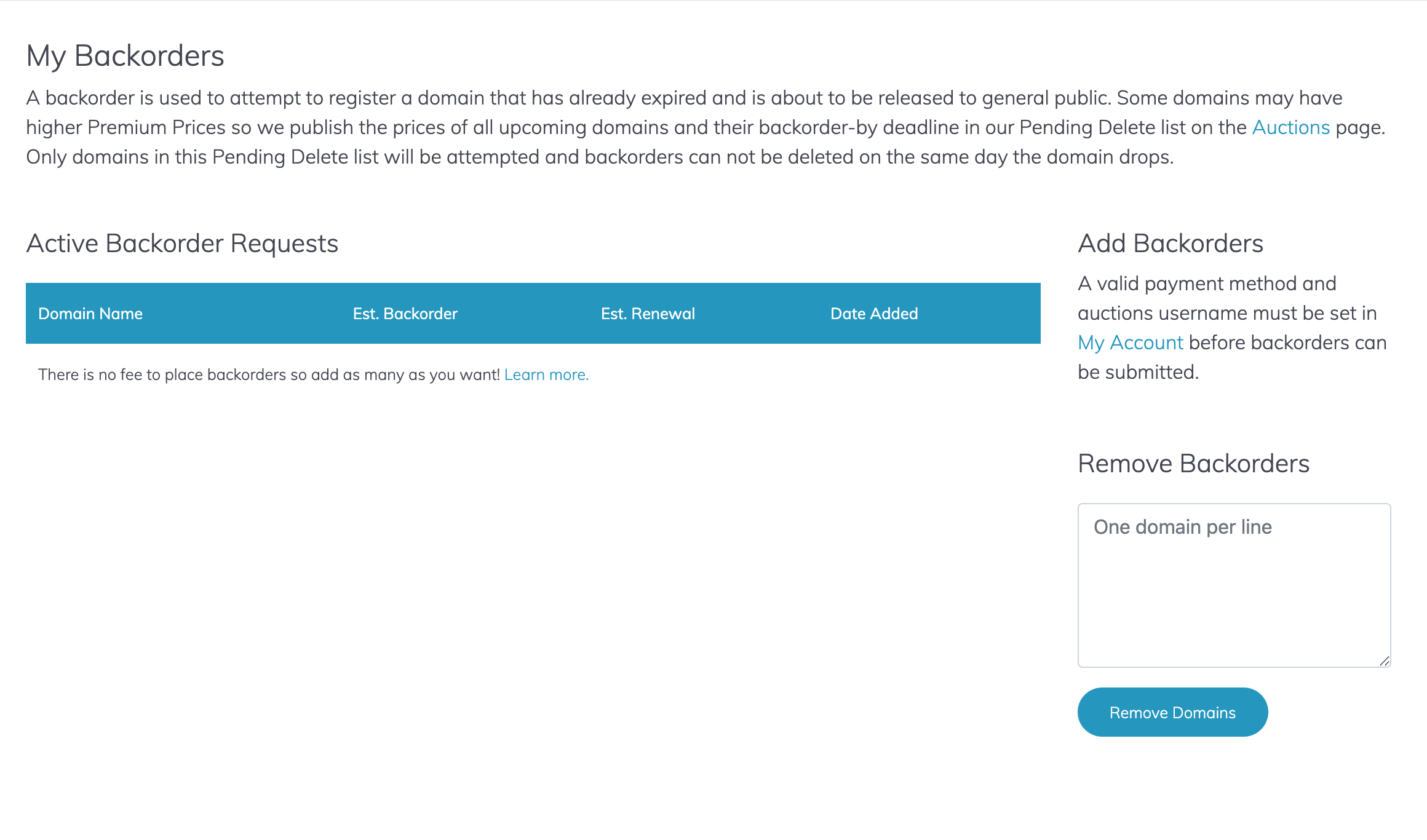
Catching a Backorder
When a registrar catches a backorder, one of three things could happen next:
- You get charged the backorder price and receive the domain in your account.
- A private auction starts (just between you and the other people who placed a backorder on the domain)
- A public auction starts (open to anyone, even if they didn’t place a backorder)
If you’re the only person who backordered this domain, you will receive the domain. If multiple people did, an auction will start.

How Sav Can Help
Sav catches backorders with the best of them. But no matter who catches your domains, you can always transfer them here to take advantage of our low renewal fees, free SSL, world-class website builder, and other great features. Create an account today to find out how.
Newsletter
Popular
Top Articles
Recommended articles
Managing Your Domain Portfolio
There are several pieces that go into building a domain portfolio, and if done correctly you can have a substantial return on your...
Read moreAuctions Made Simple
An auction is one of the most popular ways to get the best domains. As a seller, it's a great way to sell your domain fast and for the most...
Read moreBIN vs Auction: The Best Way to Sell Your Domain
When it comes to domain name sales, the decision of whether to set a fixed price for your domains or leave them open for auction is a...
Read more



